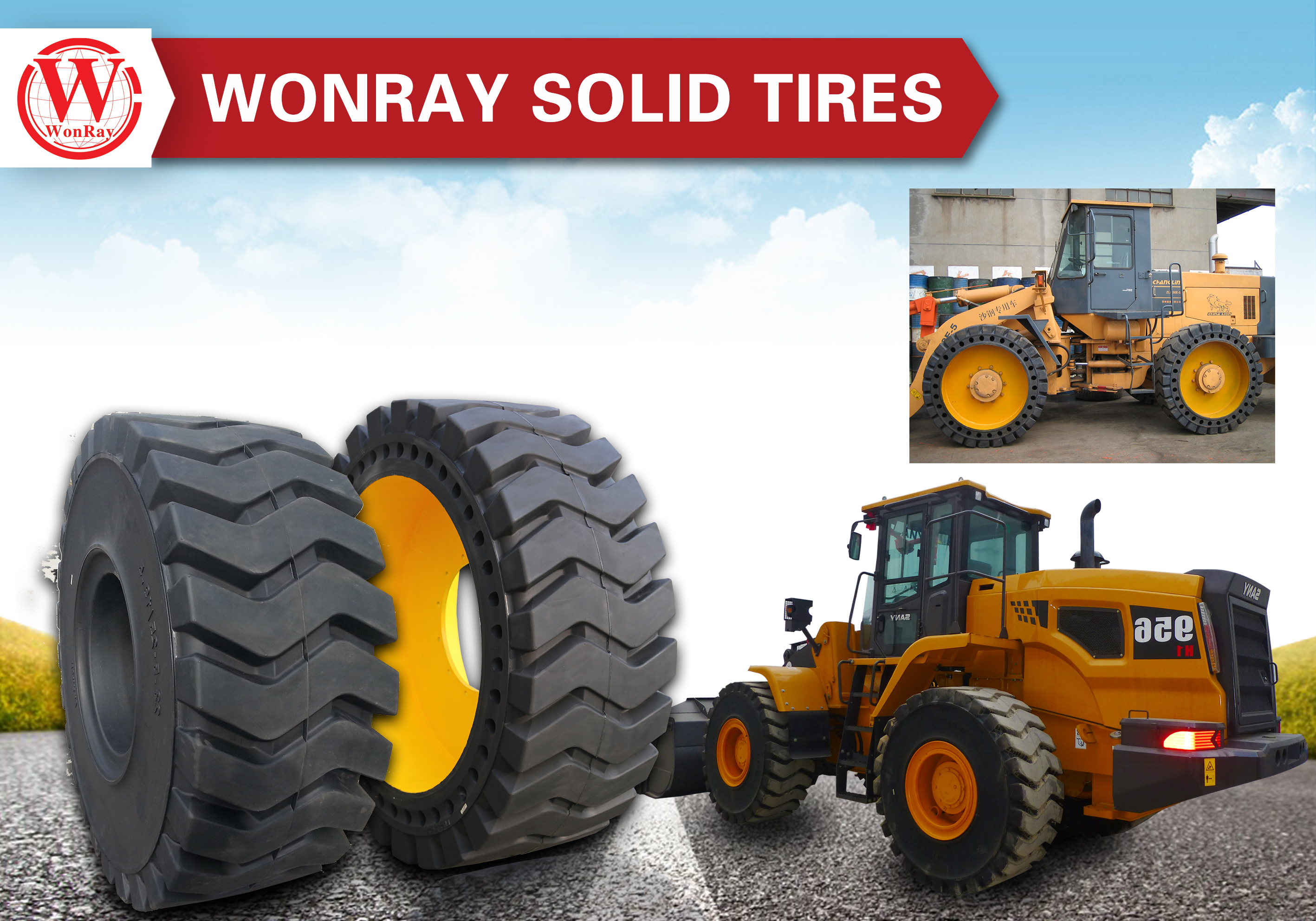In today’s industrial and construction equipment market, 12-16.5 tires are a key specification for skid-steers, loaders, forklifts, and other heavy-duty machines operating under demanding conditions. For B2B buyers—such as fleet managers, OEMs and equipment distributors—understanding the spec, application scenarios, and sourcing criteria of 12-16.5 tires is essential to ensure uptime, safety and cost-effective operations.
What Does “12-16.5” Mean?
-
The first number 12 represents the tire section width in inches (approx.).
-
The number 16.5 corresponds to the rim diameter (in inches) that the tire mounts on.
-
These tires balance load capacity, stability and manoeuvrability—making them well suited for compact heavy-equipment platforms where space is limited but performance demands are high.
Key Features & Benefits of 12-16.5 Tires
-
High Load Capacity and Reinforced Structure
-
Built for industrial use with multi-ply ratings (10-ply, 12-ply or more) to support heavy machines.
-
Reinforced sidewalls and rim-guard features to resist cuts, gouges and impact damage.
-
-
Excellent Traction and Stability
-
Aggressive lug or block tread patterns provide grip on loose, wet or uneven surfaces.
-
Deep tread depth enhances wear life—reducing downtime and replacement frequency.
-
-
Versatility Across Environments
-
Suited for dusty quarry sites, paved surfaces, indoor warehouses or mixed terrain.
-
Available in tubeless and solid configurations for high-puncture risk applications.
-
-
Cost-Effective Operation
-
Lower total cost of ownership through longer service life, fewer tire changes and less machine downtime.
-
Compatible with OEM supply, aftermarket replacements and private-label B2B programs.
-
Industries & Applications
-
Construction & Earth-moving: skid-steer loaders, compact track loaders, dump trucks.
-
Mining & Quarry Sites: material handlers navigating rough terrain and heavy loads.
-
Material-Handling & Logistics: forklifts and yard loaders in warehouses and terminals.
-
Agricultural & Turf Equipment: when 12-16.5 tyres meet machine requirements for ground contact and flotation.
Best Practices for Sourcing 12-16.5 Tires
When evaluating suppliers and models:
-
Verify Load & Ply Ratings – Ensure the tire meets the machine’s rated load and service conditions.
-
Check Tread Compound & Depth – Tough compounds and deeper treads reduce wear from abrasion and cuts.
-
Confirm Certifications & Build Standards – ISO, DOT, ECE or regional approvals signal manufacturing quality.
-
Review Service & Replacement Policy – A strong warranty and easy supply of replacements help minimise downtime.
Summary
Choosing the right 12-16.5 tyres is a strategic decision for any operation using industrial heavy-equipment. These tyres deliver the strength, traction and durability required in demanding environments. For OEMs, fleet operators and B2B distributors, sourcing high-quality 12-16.5 tyres means fewer disruptions, lower maintenance costs and improved equipment productivity.
FAQ
Q1: What is the difference between bias-ply and radial 12-16.5 tires?
Bias-ply versions have layered criss-crossing plies for higher sidewall stiffness, whereas radial tyres offer better heat dissipation and may provide longer wear life under heavy loads.
Q2: Are 12-16.5 tyres suitable for paved roads as well as off-road terrains?
Yes—many models are designed for both, but for best performance on hard surfaces choose tread patterns built for wear and stability rather than aggressive off-road lug designs.
Q3: How important is tread depth for 12-16.5 tires in industrial use?
Very important—a deeper tread improves traction, resists cutting and chunking, and increases the tyre’s service life, which reduces operational cost.
Post time: 11-11-2025

